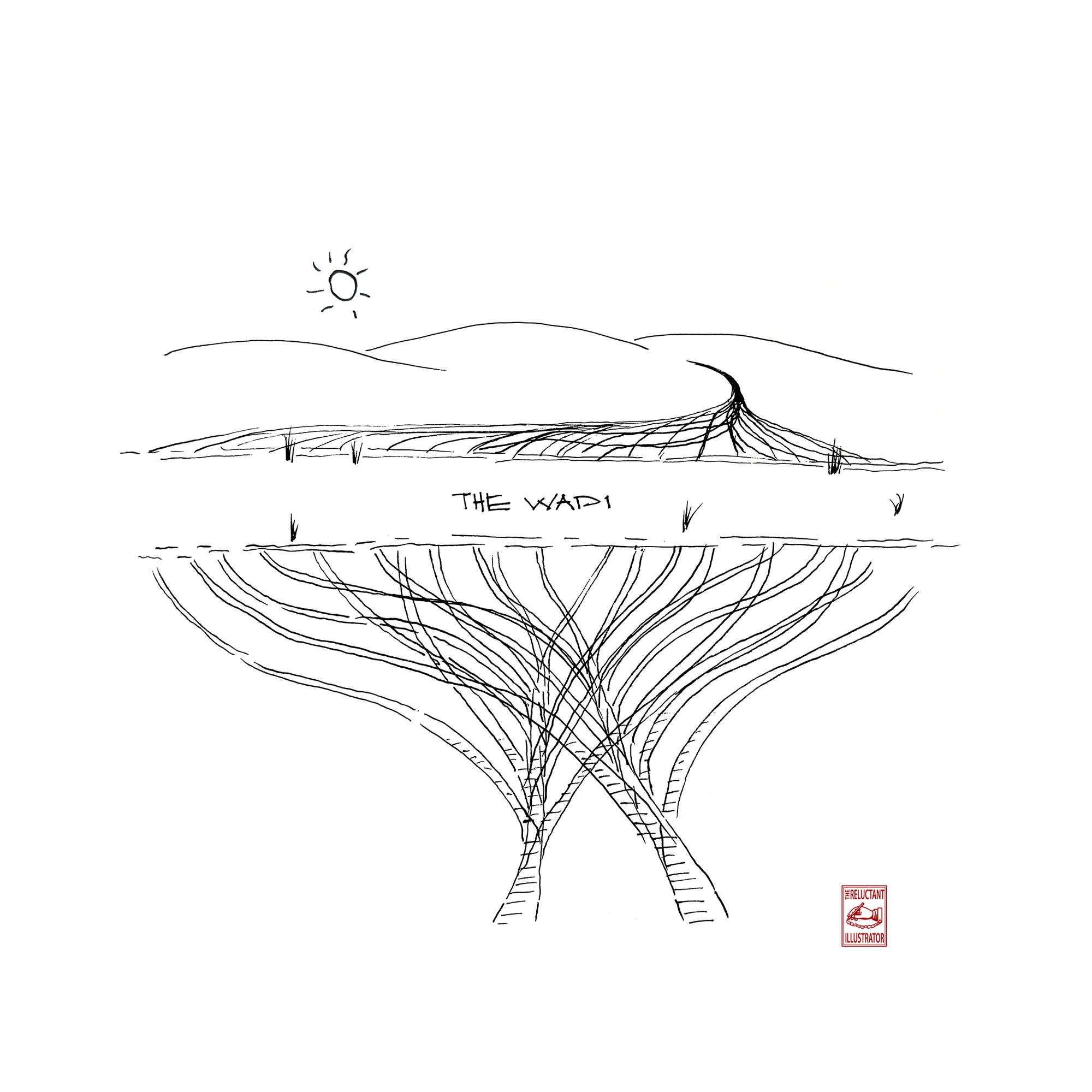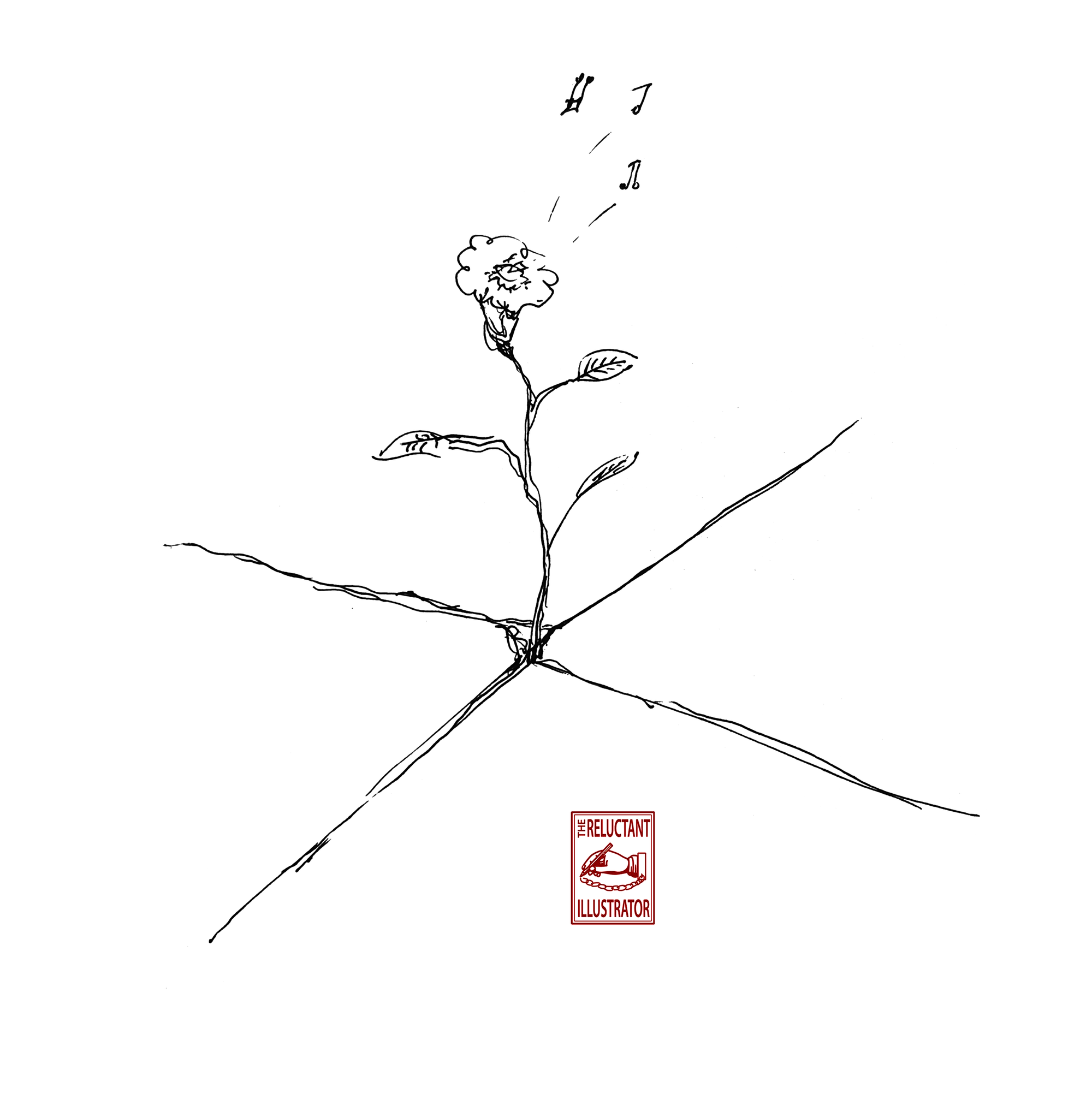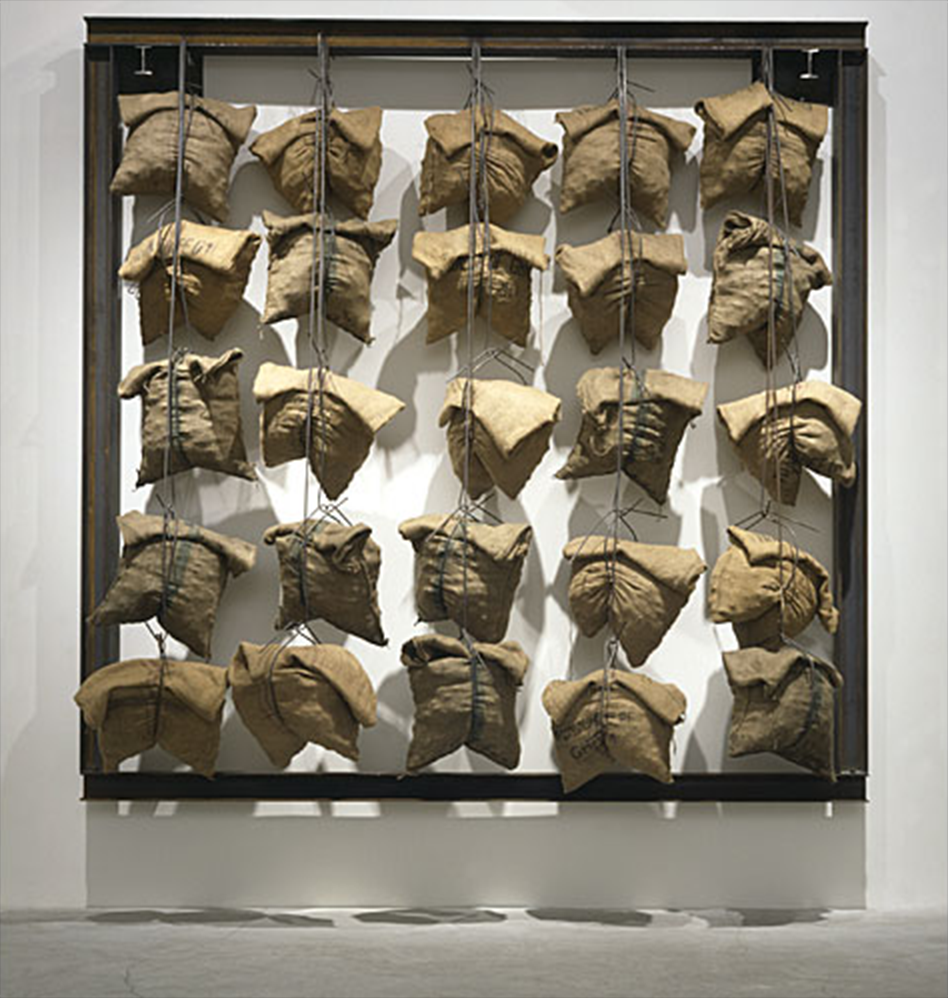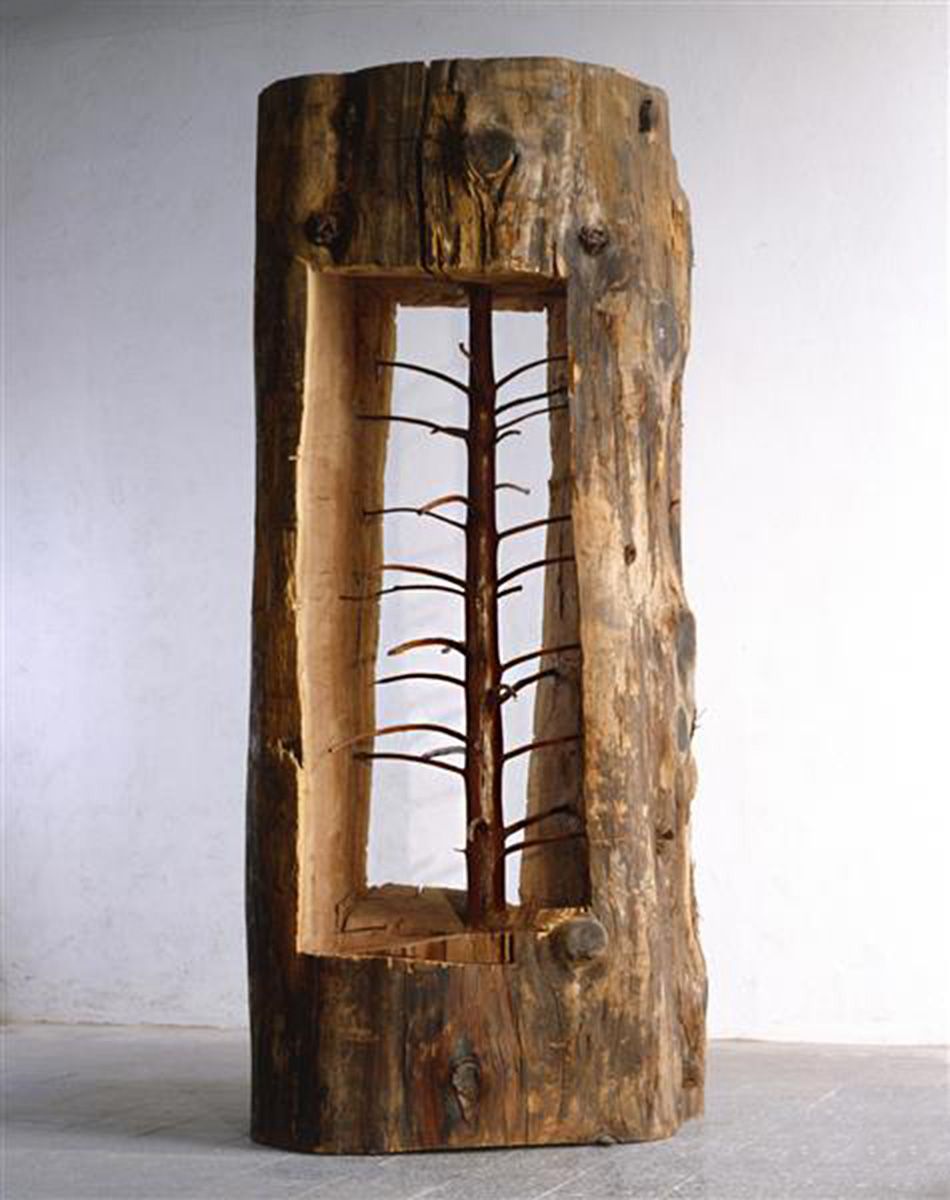don't mind (another) gap

Thanks for indulging me, dear reader, as I wander around a bit more in the world of gaps. Gaps are like rabbit holes, all interrelated and intertwined, and while we could easily lose ourselves in these interconnected spaces, it's also where everything springs from, right? – that not-manifest, no-place.
Italo Calvino, who I'm a big fan of, was not a big fan of wandering, especially in his writing, preferring to trust his literary trajectory to the clarity of the straight line, and the velocity of the launch – lest it devolve into a meandering and endless digression and inadvertently support a vain hope that we might waylay the figure of death at our heels...
I digress.

Gaps are such interesting places. In a way we all live from a gap – the gap between our private, personal world and our shared world of common agreements... and that gap even has it's own gap – between our sense of Self and the internalized world model it lives in – it's a meta gap. Sheesh.
One gap I've been playing in since I was a kid, is the gap between my perception of what could be, and what is. It's a gap that can be both curiously full (of potential) and gratuitously empty (of agency) – and vice-versa too! This gap is the realm of my inner Don Quixote. It's where I store my quality of being a dreamer, and also where my dissilusions like to hang out.
Finding the gap.

When I lived in Italy I visited the Padiglione d'Arte Contemporanea (the PAC) for an exhibition on Arte Povera – and I was smitten for life!
Poetry – by any means.
The Arte Povera (literally 'Poor Art') movement embraced the use of a wide range of non-traditional materials and included dirt, twigs, stones, bones, string, and found and throwaway materials. A visceral and experiential engagement that expanded into the gaps of a constraining gallery system.
Among the artists represented, were works by Jannis Kounellis and Giuseppe Penone, and for me they were exploring all these gaps in provocative and interesting ways.

Among Kounellis' works were sacks full of seeds suspended or bolted to the wall with steel beams – seeds that would never realize. Pennone's work exposed hidden inner architectures by carving away portions of tree trunks and horizontal logs, creating the gaps that expose the heartwood.

Other works by Pennone include an enormous drawing of a set of lips made with acacia thorns and a single gold leaf suspended in a defining gap.


Some gaps are thorny...
Thanks for reading!
Mind the gap!

Member discussion